Elevate Your Sketchbook Practice
Speed sketching is one of the most dynamic and rewarding practices for artists who want to sharpen their observational skills and build creative confidence. This fast-paced exercise challenges you to capture the essence of subjects with minimal time, pushing you to focus on what matters most. By engaging in sketchbook inspiration practice through speed sketching, you can refine your technique, train your artistic muscle memory, and develop habits that make your sketches faster and more accurate over time. Dive into the power of speed sketching with tips, techniques, and insights for transforming your creative process.
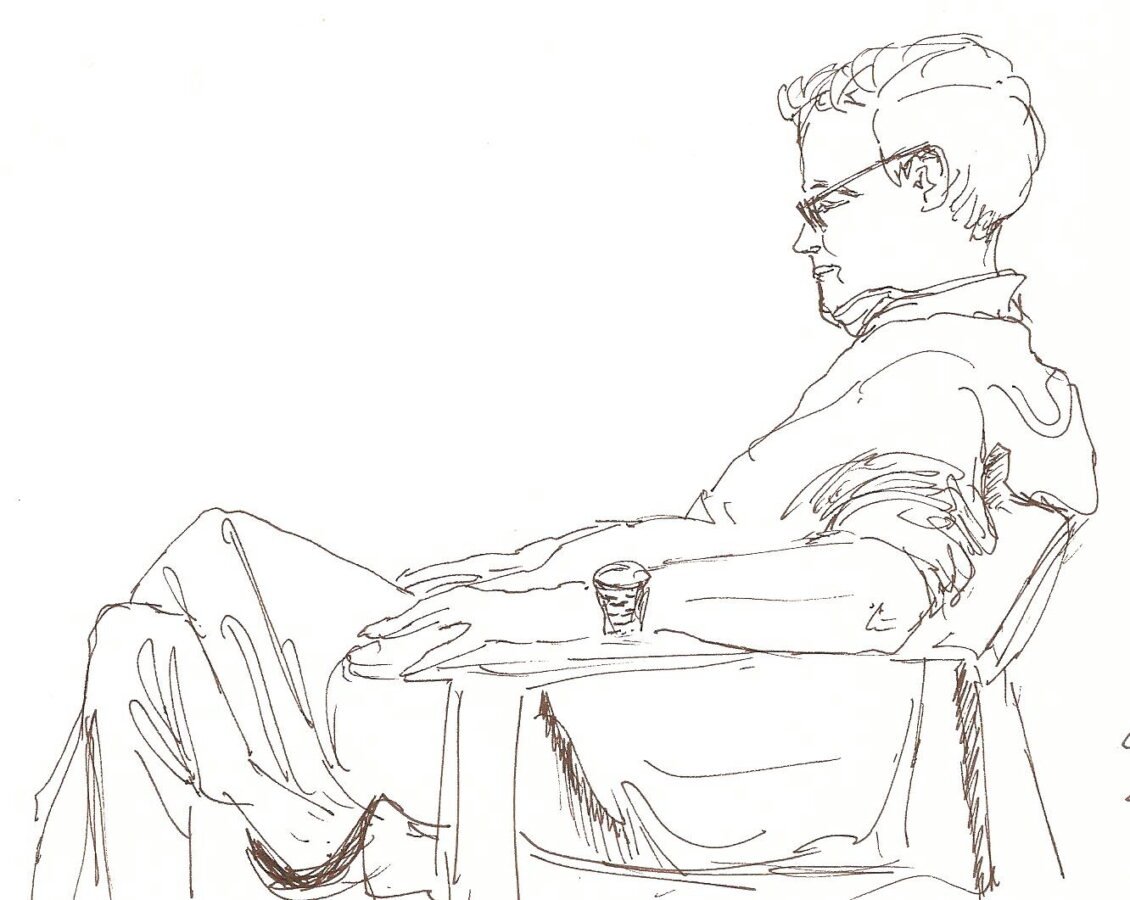
credit: AZZDOODLE
What is Speed Sketching?
Speed sketching is a timed drawing technique that focuses on capturing the essence of a subject quickly and efficiently. Instead of refining every detail over hours, speed sketching emphasizes movement, shape, and composition, allowing artists to develop instinctive observation skills and fluid hand-eye coordination.
This technique isn’t about creating polished, finished artwork—it’s about capturing impressions, experimenting with form, and embracing spontaneity. Whether sketching from life or imagination, speed sketching helps artists translate visual information rapidly, strengthening their ability to simplify complex subjects while maintaining artistic integrity.
Why Speed Sketching is Essential
Improves Observation Skills
Speed sketching forces you to quickly analyze and distill key elements of a subject. Instead of fixating on fine details, artists learn to identify fundamental shapes, proportions, and movements, leading to sharper observational abilities over time.
Builds Artistic Confidence
The fast-paced nature of speed sketching breaks down perfectionism, encouraging a more fluid, fearless approach to art. The pressure of time pushes artists to make bold decisions, leading to stronger compositions and greater expressive freedom.
Sharpens Muscle Memory
Regular speed sketching trains your hand and mind to synchronize, improving stroke confidence and precision. With frequent practice, artists develop a natural rhythm, allowing them to sketch more efficiently and accurately even when working on complex pieces.
Sketchbooks.org | VISUAL RESEARCH HUB
Speed Sketching Examples
Visual research is critical for any creative endeavor. We have compiled specialized links to lead you directly to images, videos, and inspiration for "Speed Sketching Examples" across the web's best visual search platforms.
How Speed Sketching Fuels Sketchbook Inspiration
Speed sketching brings energy and spontaneity to your sketchbook practice, helping you:
- Break creative blocks by embracing freeform sketching.
- Experiment with new techniques in a low-pressure setting.
- Capture fleeting ideas before refining them into full compositions.
By incorporating speed sketching into your routine, you’ll discover fresh artistic approaches, infuse life into your sketches, and maintain a dynamic workflow that keeps creativity flowing.
Getting Started with Speed Sketching
Ready to dive into speed sketching? This fast-paced technique challenges your observational skills and artistic instinct, helping you capture the essence of a subject quickly. Here’s how you can prepare for this engaging creative exercise.
Setting Up Your Workspace
Creating an efficient workspace ensures focus and fluidity in your speed sketching practice.
Find the Right Environment
- Choose a comfortable space with good lighting.
- Minimize distractions to maintain concentration and flow.
- Ensure enough room for freehand movement without obstruction.
Gather Your Tools
- Keep your sketchbook, pencils, and pens within easy reach.
- Use a flat surface or drawing board for stability.
- Have a timer or stopwatch to track your sketch duration.
Speed sketching thrives on quick decisions, so setting up an organized workspace ensures smooth execution.
Tools for Speed Sketching
Sketchbook
Opt for a sketchbook with smooth, high-quality paper that accommodates fast strokes and erasing without tearing. Spiral-bound or loose sheets allow flexibility when flipping through pages.
Pencils
- Soft graphite pencils (B-range) enhance fluid shading and expressive strokes.
- Mechanical pencils offer precision for rapid line work without constant sharpening.
Ink Pens
Fine-liners create bold, clean sketches, making them excellent for speed drawing without smudging.
Markers
Add quick bursts of color or tonal emphasis with markers, perfect for energetic compositions.
Speed sketching thrives on simplicity, so stick to essential materials that allow for rapid execution without overcomplication.
Techniques for Speed Sketching
Speed sketching is all about efficiency, helping artists capture the core elements of a subject quickly while maintaining fluidity and expressiveness. Implement these techniques to refine your timed sketching practice and develop stronger observational skills.
1. Focus on Essentials
When working within limited time, prioritize fundamental shapes, proportions, and movement instead of obsessing over intricate details. Identify the subject’s most defining features, ensuring that its overall structure and flow are established before adding refinements.
2. Start with Gesture Drawing
Gesture drawing is a powerful tool for building dynamic sketches, using loose, flowing lines to establish the subject’s movement and posture within seconds. This technique helps you:
- Capture expressive poses quickly
- Strengthen compositional balance
- Develop a natural rhythm in your strokes
Starting with gestures ensures that your sketch has energy and direction, making it easier to refine later.
3. Limit Your Time
Set a timer for your sketches—start with 5- to 10-minute sessions, gradually decreasing the time as your confidence grows. Short timeframes prevent hesitation and over-analysis, encouraging a fast, instinctive approach to capturing subjects.
4. Build Speed Gradually
Don’t pressure yourself to sketch instantly with accuracy. Instead, allow your muscle memory and observational instincts to develop naturally. As you practice regularly, you’ll gain control over your strokes, improving speed without sacrificing quality.
5. Work in Layers
If you have additional time, start with a basic outline and gradually refine details on top. This layered approach ensures:
- Stronger structural integrity
- Controlled contrast and shading
- More dynamic compositions
Using layers maintains flexibility, preventing stiff or unnatural sketches.
6. Simplify Your Lines
Avoid overworking your sketches—use direct, confident strokes that efficiently depict the subject. Reducing unnecessary lines helps maintain clarity and fluidity, especially when sketching fast-moving objects or figures.
7. Practice Daily
Consistency is key to mastering speed sketching. Dedicate a few minutes each day to timed sketching exercises, gradually experimenting with different techniques and subjects. The more you practice, the more intuitive and responsive your sketches will become.
How Speed Sketching Trains Muscle Memory
Just like learning an instrument or mastering a sport, speed sketching relies on repetition to build muscle memory, helping artists execute lines with greater accuracy and confidence. Over time, frequent practice enhances stroke control, observational speed, and intuitive movement, allowing sketches to become fluid, instinctive, and natural.
How Muscle Memory Enhances Accuracy
Hand-Eye Coordination
Speed sketching strengthens visual-to-hand response, refining an artist’s ability to translate observations into quick, precise strokes. By repeatedly sketching moving objects or changing subjects, artists develop faster reactions and improved spatial awareness.
Stroke Efficiency
With regular practice, sketching transitions from hesitant, overworked lines to confident, direct strokes. Artists learn to minimize excessive corrections, ensuring each mark serves a purpose rather than becoming cluttered or uncertain.
Pattern Recognition
As muscle memory develops, the brain begins to recognize shapes and proportions instinctively. Forms that once required careful observation and adjustment become second nature, allowing artists to sketch complex subjects with speed and precision.
Building Habits for Long-Term Improvement
Establish a Routine
Integrate speed sketching into your daily practice—even 10 minutes a day can significantly improve fluidity over time.
Challenge Yourself
Gradually reduce time limits or increase complexity. Start with simple objects, then progress to full compositions, moving figures, or intricate textures.
Reflect on Progress
Regularly compare older sketches with recent ones to identify growth in line confidence, speed, and observational accuracy. Small improvements build long-term mastery, reinforcing the power of muscle memory.
Subject Ideas for Speed Sketching
Speed sketching thrives on variety and spontaneity, offering endless possibilities for exploration. Whether refining observational skills or injecting creativity into your sketchbook, these subjects will help you develop speed, accuracy, and artistic confidence.
Everyday Objects
Sketch household items such as mugs, books, fruits, or utensils.
- Focus on basic shapes, proportions, and shadow placement.
- Experiment with different perspectives—top-down, side view, or foreshortened angles.
- Capture reflections and light contrasts to enhance dimensionality.
These common objects challenge shape recognition while allowing for quick, effortless studies.
People & Gestures
Observe individuals in motion or casual poses, sketching their postures and dynamic movements.
- Practice with quick gesture drawings to capture energy and flow.
- Study walking, sitting, stretching, or interacting figures for expressive compositions.
- Simplify limbs and body proportions using lines and curves rather than rigid details.
People are constantly changing, making them excellent subjects for speed-based adaptability.
Animals
Sketch pets or wildlife, focusing on form and movement rather than intricate textures.
- Start with simple shapes like circles or ovals for body structures.
- Observe natural posture variations in animals resting, walking, or jumping.
- Capture fur direction, tail positioning, and expressive gestures in minimal strokes.
This subject enhances fluidity in drawing, teaching artists how to convey motion effortlessly.
Urban Landscapes
Sketch buildings, marketplaces, or streetscapes, incorporating perspective and depth.
- Use vanishing points and basic geometric shapes for structural accuracy.
- Work with rapid, confident strokes to outline details rather than meticulously refining them.
- Capture street interactions, architectural contrasts, and urban energy.
Urban landscapes test spatial awareness, offering complexity without overwhelming detail work.
Nature Scenes
Trees, plants, mountains, and natural environments provide organic forms and atmospheric challenges.
- Sketch branches, leaf patterns, and foliage density with expressive strokes.
- Experiment with light, shadow placement, and subtle gradients.
- Work on foreground-background differentiation, simplifying layers within the scene.
Nature scenes enhance texture recognition, helping artists develop varied stroke techniques.
Staying Inspired and Motivated
Speed sketching is exhilarating, but it can also be mentally demanding. Keeping motivation high ensures consistent growth and creativity. Here’s how to stay engaged and push past challenges.
Embrace Imperfection
Speed sketching is about capturing movement and essence, not creating polished works. Every sketch—successful or not—is a learning experience.
- Accept flawed lines and unfinished details as part of the process.
- Treat mistakes as opportunities to improve rather than setbacks.
- Focus on expressing energy and observation, rather than achieving perfection.
Take Breaks
Stepping away from your sketchbook is just as important as practice.
- Short breaks help reset focus and prevent creative fatigue.
- Observing the world with fresh eyes refines perception and keeps ideas flowing.
- Use break time to study reference material, explore new subjects, or simply rest.
Celebrate Small Wins
Acknowledging progress—no matter how small—boosts artistic confidence.
- Notice improvements in stroke fluidity, speed, and observation skills.
- Track subtle refinements in proportions, shading, and composition.
- Reward yourself for dedication and consistency, reinforcing positive habits.
Share Your Work
Sharing sketches fosters artistic growth and community connection.
- Getting feedback provides valuable insights and new perspectives.
- Seeing other artists’ speed sketches can spark inspiration and technique exploration.
- Engaging with online or local communities helps build confidence and motivation.
Speed sketching is as much about mindset as it is about technique. Staying motivated ensures continuous improvement and renewed creativity—embrace the process and let the energy flow!

Sketchbooks.org | ON LOCATION
Sketching in Europe | Top Destinations for Creative Travelers
Europe has long been a magnet for artists seeking inspiration in its rich history, diverse landscapes, and vibrant street life. For sketchers, the continent offers an endless array of visual treasures—from medieval alleyways and sunlit...
Final Thoughts
Speed sketching is a powerful tool for refining artistic instincts, transforming the way you approach observation and composition. By embracing quick, dynamic sketches over perfection, you’ll enhance muscle memory, confidence, and accuracy with every session. Whether capturing the essence of movement, studying proportions, or experimenting with bold strokes, this technique injects fresh energy into your sketchbook practice.
Consistent speed sketching builds fluidity, precision, and adaptability, making it an invaluable exercise for artists at any level. The more you practice, the more intuitive your sketches become, paving the way for stronger compositions and a more refined artistic voice.
Call to Action
Grab your sketchbook, set a timer, and start sketching! Challenge yourself with different subjects, experiment with bold strokes, and enjoy the creative flow. With practice and dedication, speed sketching will take your artistry to exciting new heights.
Happy sketching!
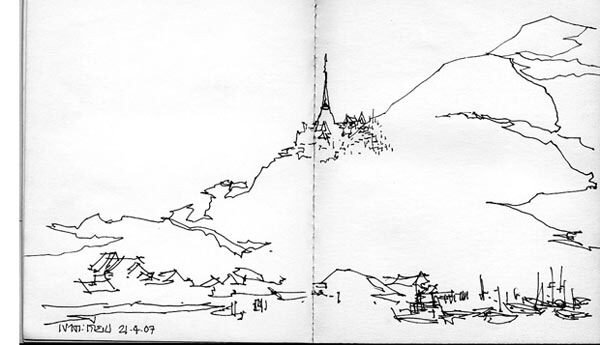
credit: ASNEE
Ready to Share Your Work?
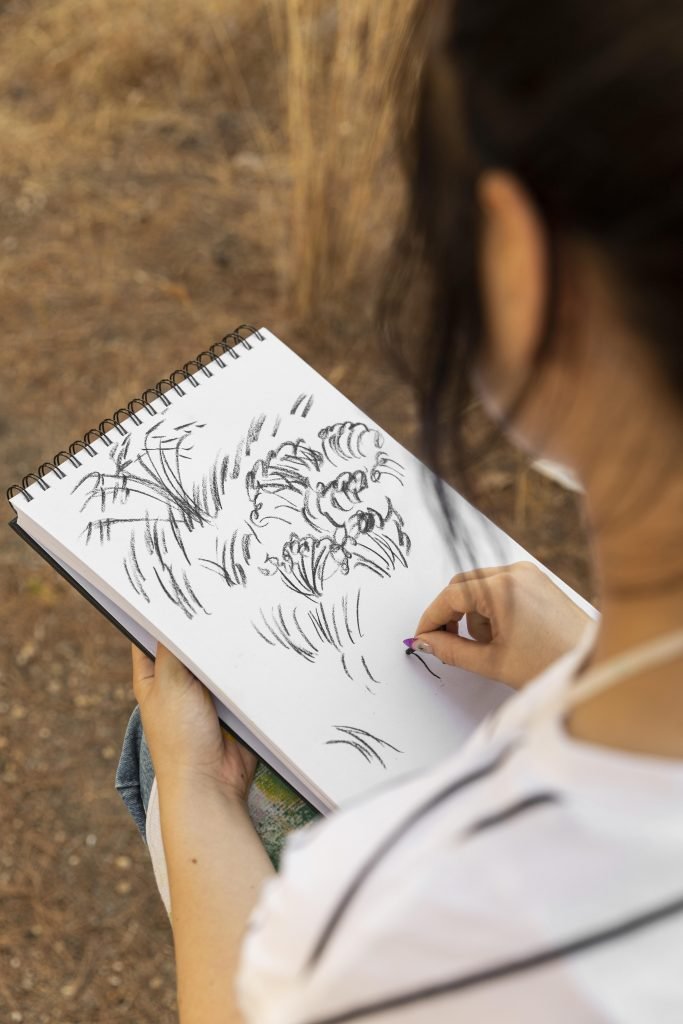


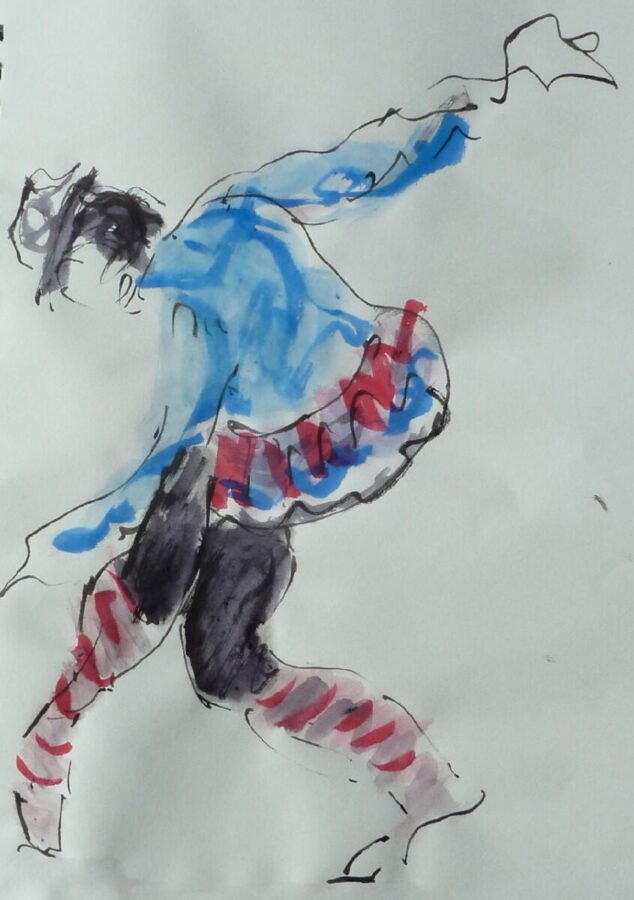



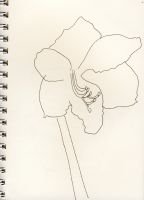

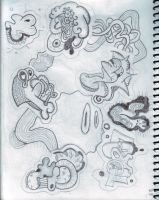
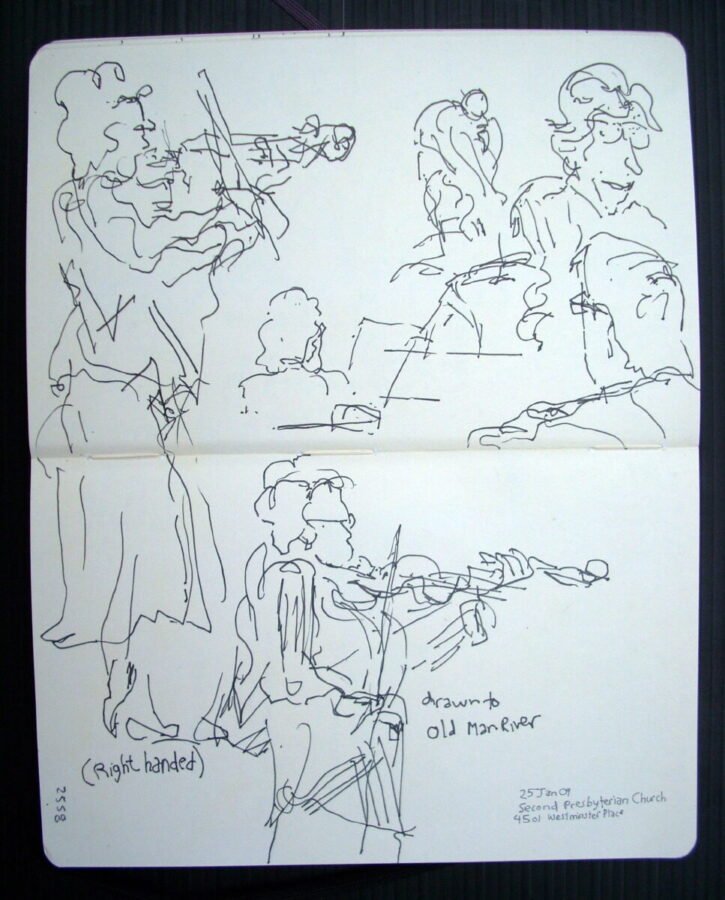

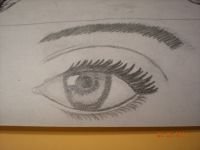
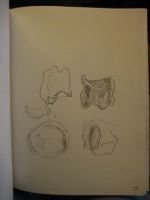
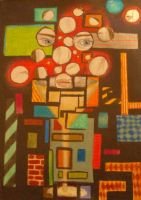



it’s chaos—in the best, most productive way
I sketch people at cafés – fast, rough, and alive.